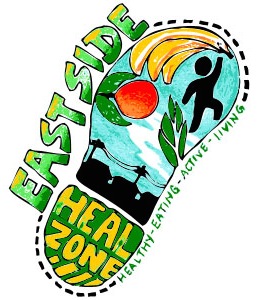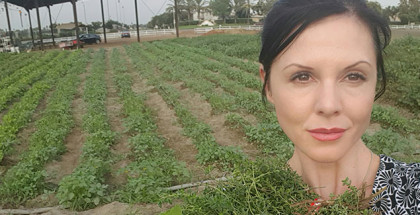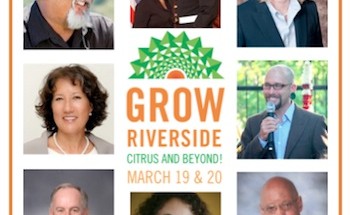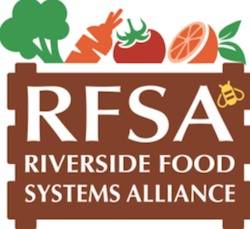To Combat Obesity in Riverside’s Eastside Neighborhood, HEAL Program Tackles Local Food Access and Nutrition
February 8, 2016 | Marissa Gawel

The Eastside Healthy Eating Active Living (HEAL) Zone program seeks to improve the overall wellness of Riverside, CA’s Eastside community through education and increased access to healthy local food.
As of 2012, in Riverside, California’s Eastside neighborhood, more than half of the adults and almost a quarter of the teenagers, were considered overweight. To stem this rising tide of obesity, Kaiser Permanente awarded a $1 million grant to establish a Healthy Eating Active Living (HEAL) Zone program to improve the Eastside community’s overall wellness through education and increased access to healthy local food.
Kaiser sees the HEAL Zone program as a community benefit, according to health manager Cecilia Arias.
“Wellness isn’t just about the absence of illness. It’s about how you live,” she says. “Is your community supportive of you having a healthy lifestyle? Is it safe for you to go out to exercise and walk or do something the park?”
Since Eastside HEAL Zone initiative began in 2012, programmatic efforts ranging from the establishment of mobile farmers markets to changes in citywide food policy have been implemented to serve the community of 17,500. Arias says Kaiser Permanente has equipped several corner stores with refrigeration units to store and sell fresh fruits and vegetables, and is working on bringing more produce from nearby farms into the community. In addition to increasing availability and access to fresh and healthy food in Eastside, Kaiser Permanente officials also hope to shift residents’ lifestyles.
“The overall vision,” says Arias, “is for people to eat better and move more as part of daily life.” She notes that goal is not as straightforward as adding produce to convenience store shelves.
The HEAL Zone program’s holistic approach to the topic of wellness in Riverside also includes working with community church leaders to integrate wellness goals into their teachings and approaching daycare facilities to instill values of exercise and healthy eating in children.
Reflecting back on three years of the program, Arias says one huge win for the initiative was a citywide policy change in Riverside. This past November, the Riverside City Council voted to apply healthier food and beverage guidelines to events, meetings, and public vending machines. The move came about after city officials saw a similar set of rules enacted by the HEAL Zone program in Eastside vending machines that mandated the inclusion not only of high fiber, low-calorie items, but also unsweetened water. Arias says when the city witnessed the vending changes take root in Eastside city officials thought, “Why only Eastside? Why not the whole city?”
Now that the measure has passed citywide, all vending machine snacks are required to have 200 calories or fewer, and no more than 35-percent of their calories from fat. Additionally, all food and drink offered at city meetings and youth programs must meet the new healthy guidelines.
Though the million dollar HEAL Zone program ends this March, Arias says Kaiser Permanente officials have voiced their interest to renew it in April in order to continue their efforts in the community. The decision is not yet confirmed.
In the meantime, the community is working on other initiatives like planting fruit trees in public parks and planning the annual GrowRIVERSIDE Conference, a spring program that works to increase education and action concerning local food activity.
In previous years, Kaiser Permanente has been a sponsor of the conference, because it ties into the holistic approach to healthy eating that it promotes in Eastside.
Arias says the Eastside HEAL Zone program is searching for more locally sourced food to bring to the community. The conference is the type of experience that could help more individuals take advantage of the community’s land.
“I think there’s just a lot of creative ways we could still get people interested in either growing their own [food] for their benefit,” says Arias, “or having somebody who wants to be a farmer farm locally and know that it’s going to be consumed here in the community.”
This article was originally published on Seedstock.com: http://seedstock.com/2016/02/08/california-managed-care-consortium-builds-healthy-neighborhood-food-system/












Submit a Comment